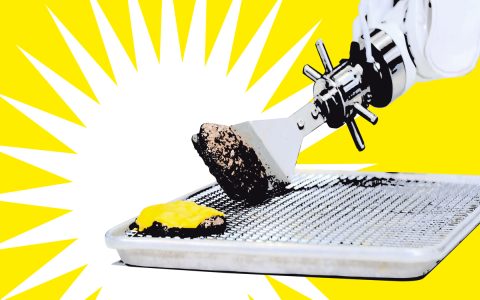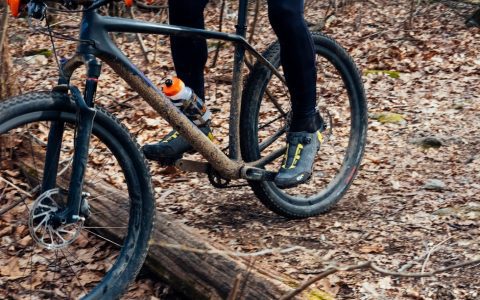Designing an efficient and safe chimney requires meticulous attention to detail. Avoid critical errors that compromise performance, longevity, and safety with these focused guidelines.
Common Chimney Design Mistakes
- Inadequate Height: A chimney too short causes poor draft, leading to smoke backflow or downdrafts indoors.
- Improper Flue Sizing: Mismatched flue dimensions reduce efficiency, increase creosote buildup, and risk carbon monoxide leaks.
- Poor Insulation and Sealing: Lacking sufficient insulation invites condensation, corrosion, and heat loss, accelerating deterioration.
- Incorrect Location: Placing the chimney too close to obstacles like trees or roof edges creates drafting issues and fire hazards.
- Neglecting Codes and Materials: Ignoring building regulations or using incompatible materials results in structural failures and non-compliance penalties.
Practical Guides for Avoidance
- Optimize Chimney Height: Apply the 10-2 rule: ensure the top extends at least 2 feet above any structure within 10 feet for optimal air draw.
- Size Flues Correctly: Match flue diameter to appliance output using manufacturer guidelines; prefer insulated, straight-lined designs with minimal bends.
- Enhance Insulation and Seals: Use double-wall or insulated liners; seal all joints with high-temperature cement to prevent heat escape and moisture ingress.
- Strategic Placement: Position the chimney centrally, maintaining 3-foot clearance to combustibles and away from prevailing winds for consistent airflow.
- Adhere to Standards: Consistently reference applicable codes, such as NFPA 211, and select durable materials like stainless steel or clay liners for longevity.
Implementing these guides ensures a robust chimney that minimizes risks and maximizes efficiency throughout its lifespan.







